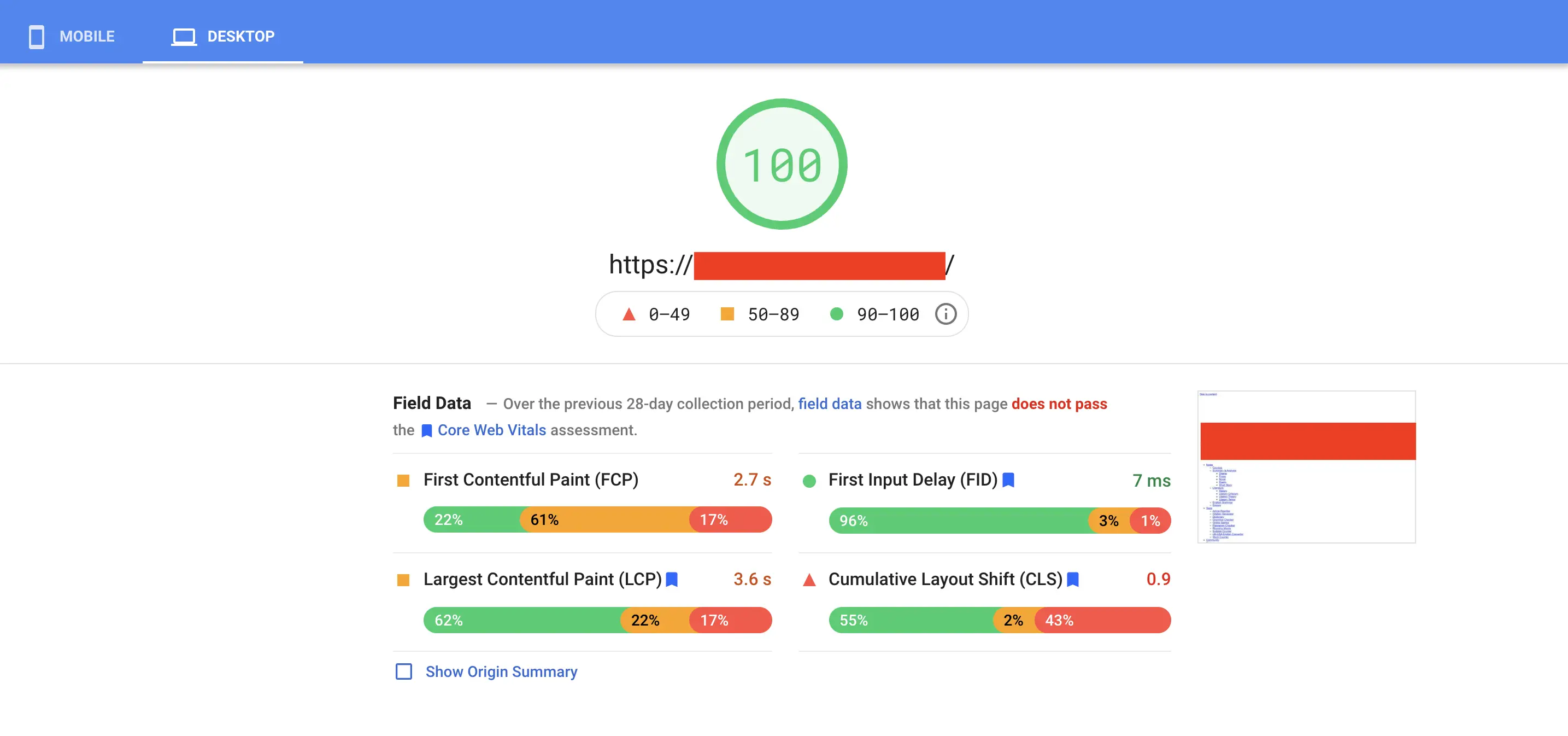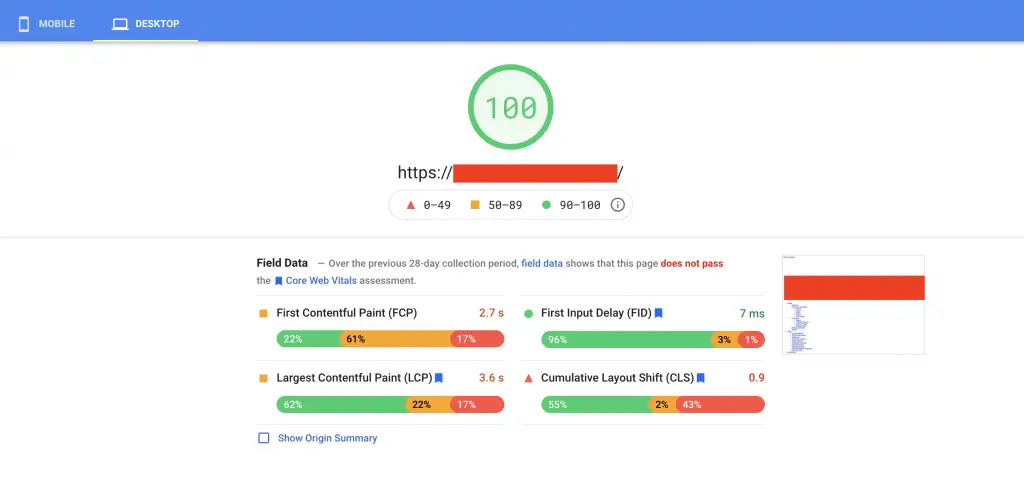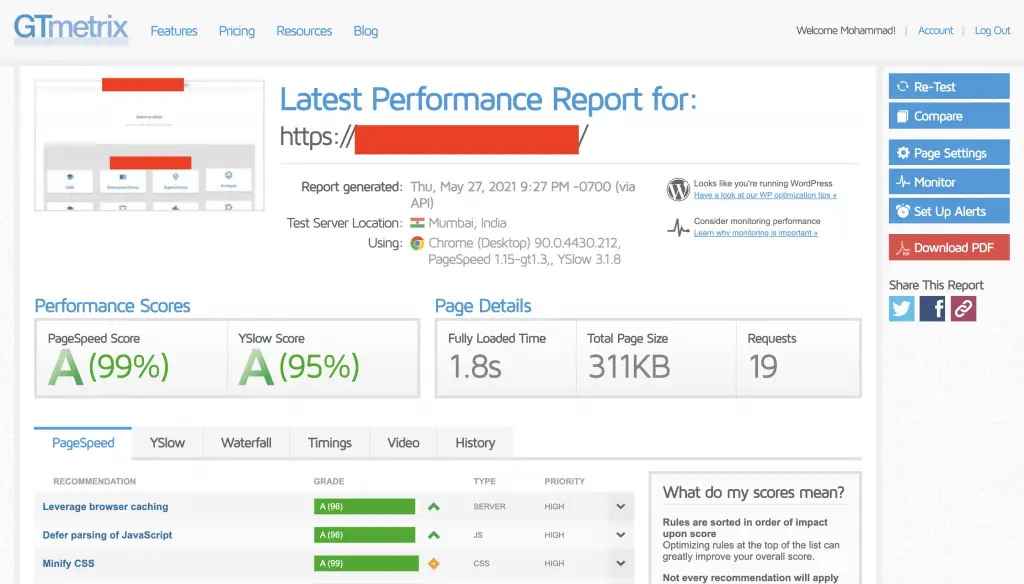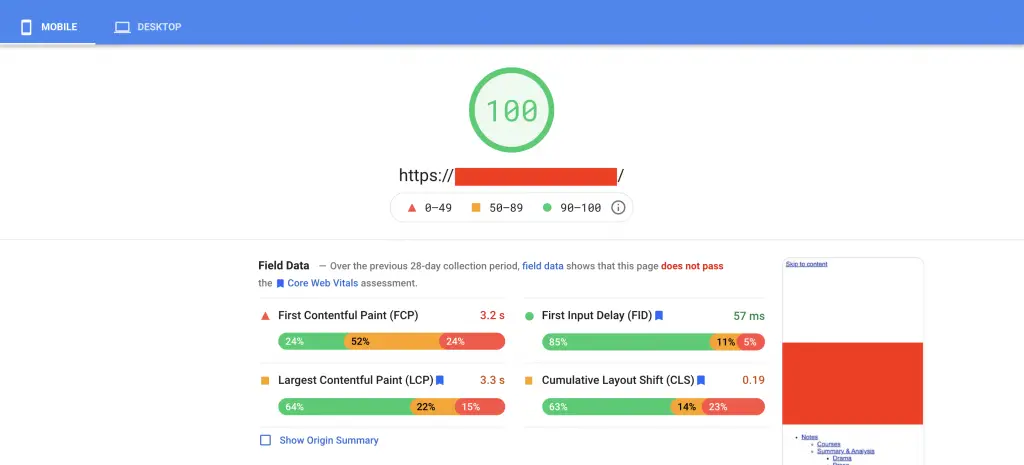Though long tail keywords, schema, responsive design etc are primary factors for growth of a site, speed has also become an important factor since 2021 because mobile traffic has gained drastically. If a page does not load within 2 seconds, most of the users bounce back which can have negative impact on the site.
Though a lot of experts recommend to move the site to a VPS or Dedicated host for better performance but it does not seem to be a very practical solution because their maintenance cost is higher. Moreover these are unmanaged which makes it difficult for a non-technical blogger to handle.
In this blog post, I will discuss how can we speed up a site’s loading time and other aspects for better performance even if our site is hosted on shared hosting. Let us discuss them.
Contents
Use a Content Delivery Network (CDN) WordPress
What is Content Delivery Network (CDN) and How it Works?
CDN is a group of servers distributed all over the world, over which images, styles, scripts and other static data of your website are duplicated. For example, when your website is opened by a visitor from New York, it will load images from a server located in New York, and for a visitor from Berlin, a server in Germany will be used.
Many people think that this is the only purpose of a CDN. And that is why CDNs are useful only for large websites with a global audience. But that was long time ago.
Now there are advanced CDN services. They additionally offer many other opportunities for complex website acceleration, and even provide security and also reduce the load on hosting. Their application is useful for any type of website. Even for projects where the entire audience is located in one city.
Why Would You Use a Content Delivery Network?
Any CDN that pretends to be considered a full-fledged one – necessarily gives you the opportunity to connect the entire site to it (and not just some subdomain with images like images.amazon.com).
The rest of the functionality of such services is very diverse and it greatly differs from each other.
Key opportunities:
- Dynamic page caching (like WP-Super-Cache or W3 Total Cache, but more efficient)
- Image size optimization, including conversion to WebP
- Scripts, styles and page size optimizations
- Reduced latency on the connection itself as well as on HTTPS processing (SSL-Termination)
- Protection against website hacks, useless robots and DDOS attacks
There are many benefits of using a CDN for a website. e.g.
- The site’s content is put in multiple places and they are served to the users from their respective nearest locations which makes content delivery fast and increases engagement.
- As the site’s content is served from multiple servers, load on the main server reduces significantly making uptime nearly 100%.
- CDN is important for sites hosted on shared hosting because they are usually slow and often go offline.
What is the Best CDN for WordPress?
It is difficult to say which CDN is best for a WordPress website. However, in this article, I will discuss how we achieved these stats using Web Support Revolution CDN.
Before using WSR, our score was around 30-40. But after integrating the CDN and making a little bit more tweaks, the speed increased drastically and we saw 3% more engagement and an increase in Page Per Session.
What Can a Web Support Revolution Content Delivery Network CDN be useful for or What Problems Does it Solve?
With a price starting at just 15$ a month, I’ve found here all the features of an advanced CDN described above, including very effective content size optimization. As well as a number of other interesting things:
- You don’t need to explore or do anything at all in order to connect to the service. Even in the initial plan – WSR technical support will configure your website themselves and will tell you how to activate the CDN (spoiler: usually it’s enough to change the DNS). The professional setup makes a really big difference. I‘ve seen other CDNs with extensive functionality, but I used only a part of it because it takes a lot of time to explore all the options.
- Smart cache for pages: With individual settings for WordPress and with the project-specific features, almost all pages of the site can be cached. This greatly affects both the speed and the load on the hosting server. And you don’t need to think about the existence of such a cache. For example, the CDN cache can be automatically reset when you edit the site’s admin panel or send comments (fully or partially). And for maximum speed, I found the background refresh mode very interesting, when pages almost always come from the cache, but each data on them is updated with a certain period of time.
- Before loading the page, the visitor receives Preload-headers, which allow them to start loading important CSS earlier and reduce the overall page processing time (and also have a good effect on the ranking in PageSpeed.Insights)
- Convenient ready-made protection for WordPress. Now I am the only one person who has access to the admin panel, XMLRPC and some other potentially dangerous elements. Blocking is carried out in an original way – using a secret link that needs to be used only once and the browser becomes trusted. Thus, I work with the site now completely as usual. And all sorts of brute-forcing and other hackers are blocked by the CDN itself and do not get to my hosting.
- Support for website availability when hosting is down. If the monitoring system determines that the hosting has broken down, it informs you about it (several notification channels are available). It also blocks the deletion of the current cache and additionally activates the “archive snapshot” of your site, which is periodically created and it also insures against such situations.
- Built-in systems of incremental backups and antivirus. As well as monitoring, they are already included in the plan together with CDN and nicely complement the sphere of “increasing the reliability of the site”. I just specified FTP access and now every few hours, files and databases are scanned for changes and saved. In case a hacker nevertheless gets through and infects the site, I will immediately see a list of changed files and at the same moment, I can restore previous versions.
My pleasant experience with WSR CDN service
I’m quite reluctant and often avoid asking for help from external service providers. Either they come up with a setup fee or provide some difficult to understand articles for implementing their services.
What I loved the most about WSR is their unmatchable support right from the time of purchasing their service. The conversation was friendly. I was provided with step-by-step guide to implement the CDN. I
faced some problems while setting up the CDN as my domain is on CloudFlare registrar which does not have a nameserver change option. Thanks to WSR, the issue was resolved by WSR Team in no time and our site started serving at the speed of light!
Usually CDNs break some features of site by disabling/conflicting with important JS, CSS or PHP files. However with WSR, we saw no such issue. Our site with 30k average daily hits started working smoothly.
After 2 days of implementing WSR, we saw more engagement. In our Google Search Console, the URLs start changing from yellow to green.
Now that our sites pass the Core Web Vitals test, we can focus more on other content strategy and brand building instead of remaining worried about speed, downtimes, hacking and other server and security issues
You can use this link to get 20% Lifetime Discount on All Web Support Revolution Services.
Disable Useless WordPress Scripts on Page
Often bloggers ask, “How to increase WordPress website speed without plugin“. Well, I have found some codes for that. Insert these codes to your site’s function.php file in order to stop some services which most of us do not need or use.
remove_action( 'wp_head', 'rsd_link' ) ;
remove_action('wp_head', 'print_emoji_detection_script', 7);
remove_action('wp_print_styles', 'print_emoji_styles');
remove_action( 'admin_print_scripts', 'print_emoji_detection_script' );
remove_action( 'admin_print_styles', 'print_emoji_styles' );
remove_action('wp_head', 'wp_shortlink_wp_head', 10, 0);
function disable_embed(){
wp_dequeue_script( 'wp-embed' );
}
add_action( 'wp_footer', 'disable_embed' );
add_filter('xmlrpc_enabled', '__return_false');
remove_action( 'wp_head', 'wp_generator' ) ;
remove_action( 'wp_head', 'wlwmanifest_link' ) ;
function disable_pingback( &$links ) {
foreach ( $links as $l => $link )
if ( 0 === strpos( $link, get_option( 'home' ) ) )
unset($links[$l]);
}
add_action( 'pre_ping', 'disable_pingback' );
function sertmedia_remove_dashicons_junk() {
if ( ! is_user_logged_in() ) {
wp_dequeue_style('dashicons');
}
}
add_action( 'wp_enqueue_scripts', 'sertmedia_remove_dashicons_junk' );
Navigate to this site to understand the functions of each code. I have seen massive improvement in site speed after adding this code.
In order to insert the code, open your site files using FTP.
Go to public_html folder > wp-content > themes > [your theme] >function.php.
Open the file and go to the buttom. Add this code and upload the edited file to your theme’s root folder and you are done.
Best Free Plugins WordPress Performance Speed Optimisation
Install following plugins and activate every feature one by one and check if it breaks any feature of site.
- JetPack
- JetPack Boost
- AutoOptimise
- Async JavaScript
- WP Meteor
These plugins, along with our Web Support Revolution CDN and code tweaks will help you to pass the Core Web Vitals test of Google and rank your site on top.
Do you have any questions? Please feel free to ask in the comment box and I will answer them!




